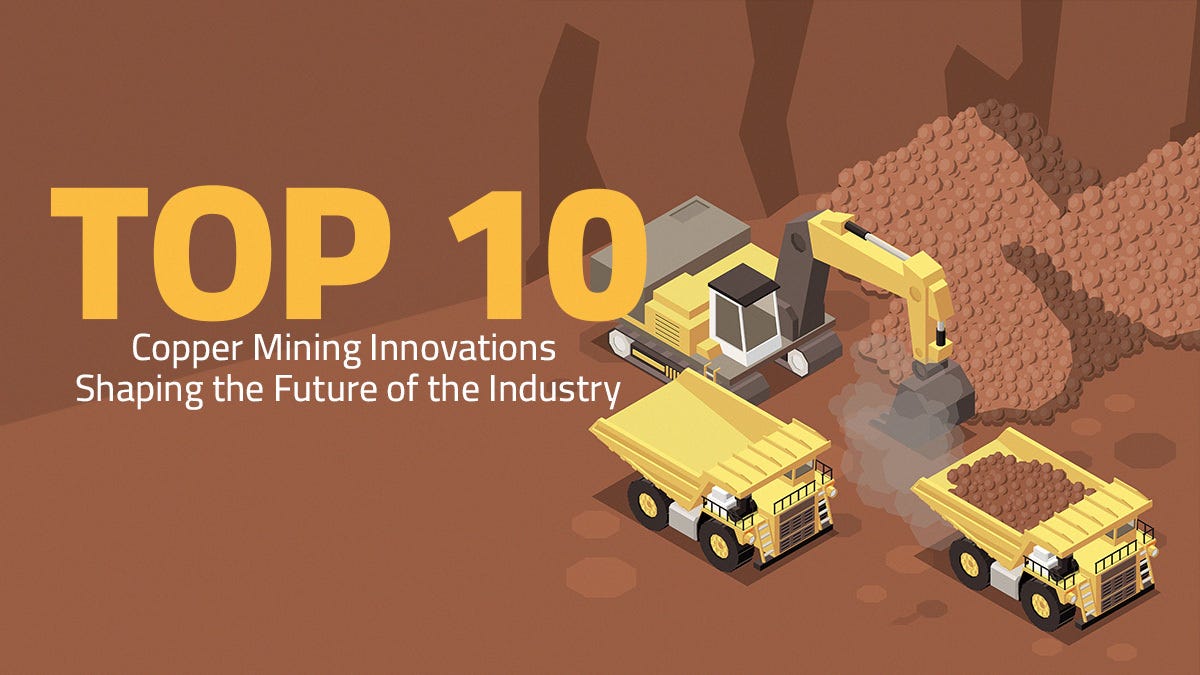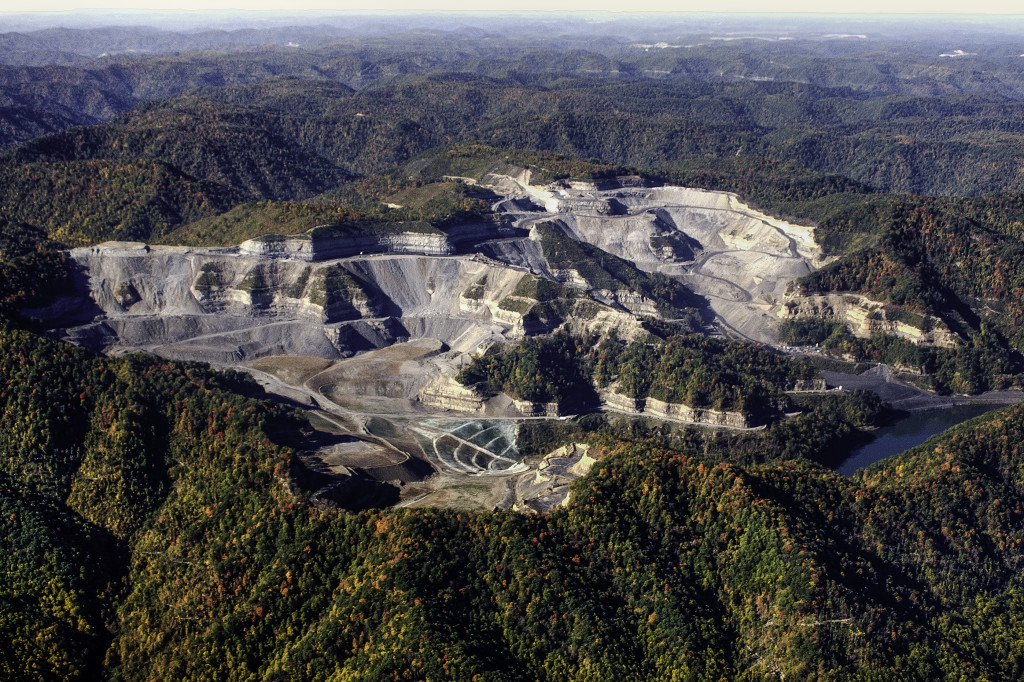The mining industry is undergoing a profound transformation driven by technological advancements. Innovations in automation, data analytics, robotics, and other emerging technologies are reshaping how minerals and metals are extracted, processed, and managed. These advancements not only enhance operational efficiency and safety but also contribute to sustainability and environmental stewardship. This article explores the key technological advancements in mining and their implications for the industry.
1. Automation and Robotics
Automation is revolutionizing mining operations, increasing productivity and reducing the reliance on human labor in hazardous environments. Key developments include:
- Autonomous Vehicles: Self-driving trucks and haulage systems are being deployed in mines to transport materials efficiently and safely. These vehicles can operate continuously, minimizing downtime and optimizing fuel consumption.
- Robotic Drilling: Automated drilling systems can perform precise and efficient drilling operations, reducing the risk of human error and enhancing safety.
- Remote Operations: Technologies that enable remote monitoring and control of mining equipment allow operators to manage operations from a distance, improving safety by reducing the need for personnel in hazardous areas.
2. Data Analytics and Big Data
The mining industry generates vast amounts of data, and leveraging this data through advanced analytics can lead to significant improvements:
- Predictive Maintenance: Data analytics can predict equipment failures before they occur, allowing for proactive maintenance. This reduces downtime and lowers repair costs.
- Operational Efficiency: By analyzing production data, companies can identify inefficiencies and optimize processes, leading to increased productivity and reduced costs.
- Resource Estimation: Advanced geological modeling and data analysis improve the accuracy of resource estimations, helping companies make informed decisions about exploration and extraction.
3. Internet of Things (IoT)
The integration of IoT devices in mining operations enables real-time monitoring and data collection:
- Smart Sensors: Sensors installed on machinery and equipment can monitor performance, track environmental conditions, and detect anomalies. This information allows for immediate corrective actions and improved safety.
- Environmental Monitoring: IoT technology can help monitor air and water quality, ensuring compliance with environmental regulations and minimizing ecological impact.
- Supply Chain Optimization: IoT systems can streamline supply chain management by providing real-time visibility into inventory levels, transportation logistics, and equipment status.
4. Artificial Intelligence (AI) and Machine Learning
AI and machine learning are increasingly being applied to enhance decision-making and operational efficiency:
- Exploration and Discovery: AI algorithms can analyze geological data to identify potential mining sites, speeding up the exploration process and reducing costs.
- Process Optimization: Machine learning models can optimize various mining processes, from ore sorting to processing, by analyzing historical data and predicting optimal conditions.
- Safety Improvements: AI can be used to develop safety systems that predict and mitigate risks, enhancing worker safety in potentially dangerous environments.
5. Sustainable Mining Technologies
With increasing pressure to minimize environmental impacts, technological advancements are also focused on sustainability:
- Water Management Solutions: Innovative technologies for water recycling and treatment help reduce water consumption and minimize the impact on local water resources.
- Energy Efficiency: Advancements in energy-efficient equipment and the integration of renewable energy sources help reduce the carbon footprint of mining operations.
- Waste Reduction Technologies: New methods for tailings management and waste processing are being developed to minimize waste generation and promote recycling of materials.
6. Virtual and Augmented Reality (VR/AR)
VR and AR technologies are finding applications in mining for training, planning, and operational efficiency:
- Training Simulations: VR provides immersive training experiences for workers, allowing them to practice in a safe environment and better prepare for real-life scenarios.
- Site Planning: AR can assist engineers and planners by overlaying digital information onto the physical environment, improving project visualization and decision-making.
7. Blockchain Technology
Blockchain is being explored for its potential to enhance transparency and traceability in the mining supply chain:
- Supply Chain Transparency: Blockchain technology can securely document every step in the supply chain, ensuring that minerals are sourced ethically and responsibly.
- Smart Contracts: Automated contracts can streamline transactions and enhance trust among stakeholders, reducing disputes and improving operational efficiency.
Conclusion
Technological advancements in mining are transforming the industry, driving increased efficiency, safety, and sustainability. From automation and data analytics to IoT and AI, these innovations offer the potential to reshape how minerals are extracted and processed, addressing some of the industry’s most pressing challenges. As the mining sector continues to embrace these technologies, it will not only enhance its operational capabilities but also contribute to a more sustainable future. By harnessing the power of technology, the mining industry can meet the growing global demand for minerals while minimizing its environmental impact and ensuring the safety of its workforce.



